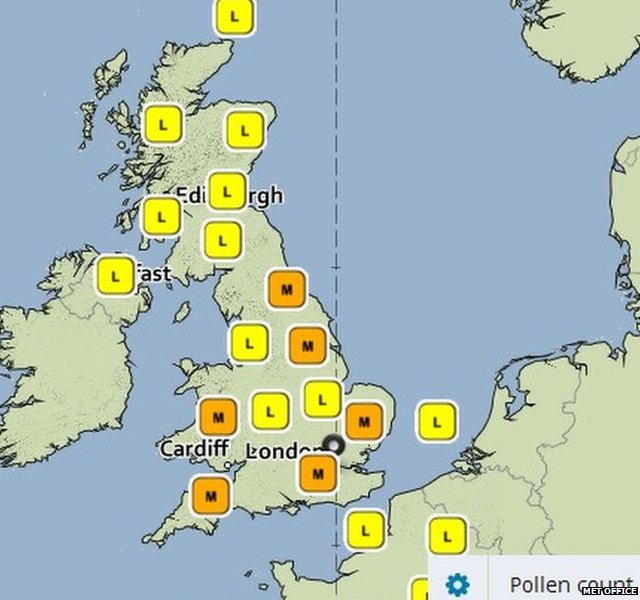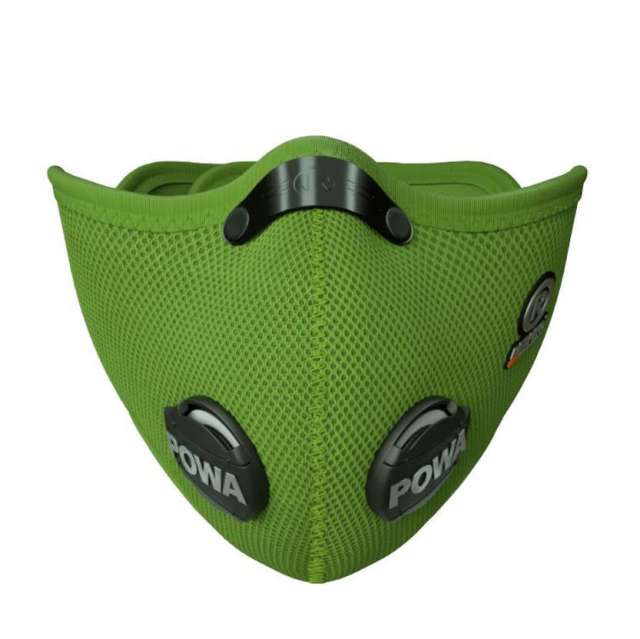While many people hanker for some proper summer weather with long dry and sunny days, for others those warm days can turn into a nightmare – those who suffer from hayfever.
Hayfever is an allergic reaction to pollen released by plants during the spring and summer months and this year has been an unusually severe season due to the weather conditions.
Perfect conditions for pollen production starts with a warm and wet spring, followed by a dry, warm summer, high humidity and just a gentle breeze.
The day-to-day weather impacts on pollen levels for any given day, levels usually peaking mid-to-late morning after the pollen is released early, and again in the evening.
The pollen type also varies through the season, with tree pollen the main variety from March to mid-May, mainly birch and oak, followed by grass pollen from mid-May to late July, then finally weed pollen from mid-to-late July through to September.
But have you ever wondered how pollen counts are measured and forecast?
Pollen levels are measured in what is called a Burkhard volumetric spore trap, a standardised method of collection which is a garden chair-sized contraption, about waist high, that is placed about two storeys above ground level.
This is the same for all the traps across the UK, and in Northern Ireland the trap is located on a rooftop at Queen’s University Belfast.
Yolanda Clewlow is the UK pollen network manager at the Met Office which is now responsible for the UK pollen monitoring network and forecasts.
She said the readings were taken at all sites at the same time, daily at 09:00, by a very dedicated team of observers – mostly for the love of it!
Inside the Burkhard trap is a rotating drum with a wax-coated sticky tape. An aperture on the trap sucks in air at a regulated speed, depositing anything in the air onto the drum.
Observers remove the tape and mount it on a slide using a pollen stain called fuscin, which identifies only pollen spores and stains them pink.
They can then count the pollen grains and extrapolate to give pollen grains per cubic metre over the next 24 hours.
The information is then sent to the Met Office from all the UK sites and is used along with the weather forecast to give the pollen forecast for the next five days.
So what constitutes whether the levels are high?
Levels are based on a numerical range that varies according to the pollen species, and the grass pollen has been exceptionally high this year due to the weather conditions.
Anything over 150 grains per cubic metre is considered very high, and here in Northern Ireland the highest count has been up to 212 this summer.
So, if you are allergic to grass pollen and have been suffering from sneezing, an itchy nose or watery eyes, that is the reason.
However, levels have been highest across parts of England with York University having the highest count, up to a very eye-watering 801 grains per cubic metre.
The pollen microscope slides are retained indefinitely because we can never be sure what additional use may be made of them in the future.
Over the past three years they have also been used to identify volcanic ash from Iceland to ascertain how far it had spread across the UK, and also the DNA of ash die-back disease, to establish whether the disease had spread to the UK from the continent as it was previously thought unable to be carried by the wind.
The pollen data collected is also used extensively in research, especially around climate change and health.





















